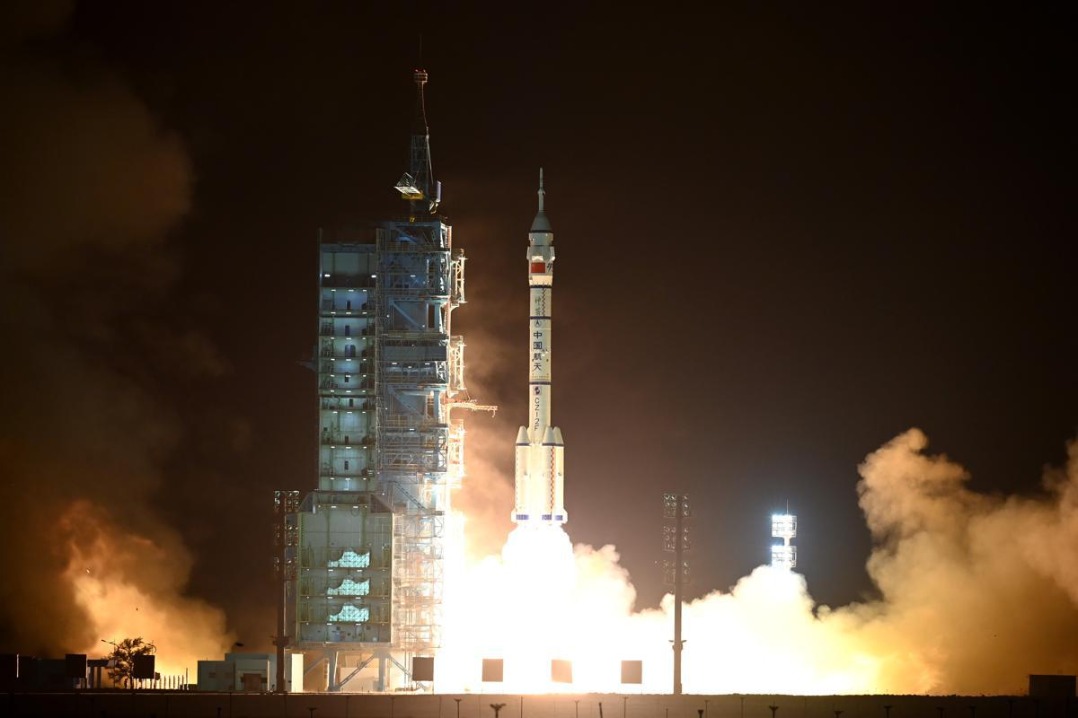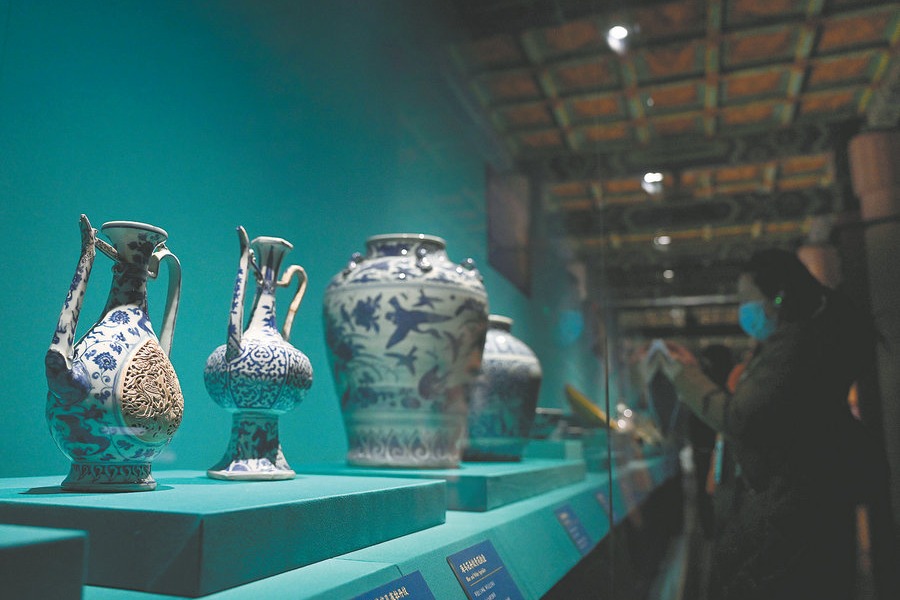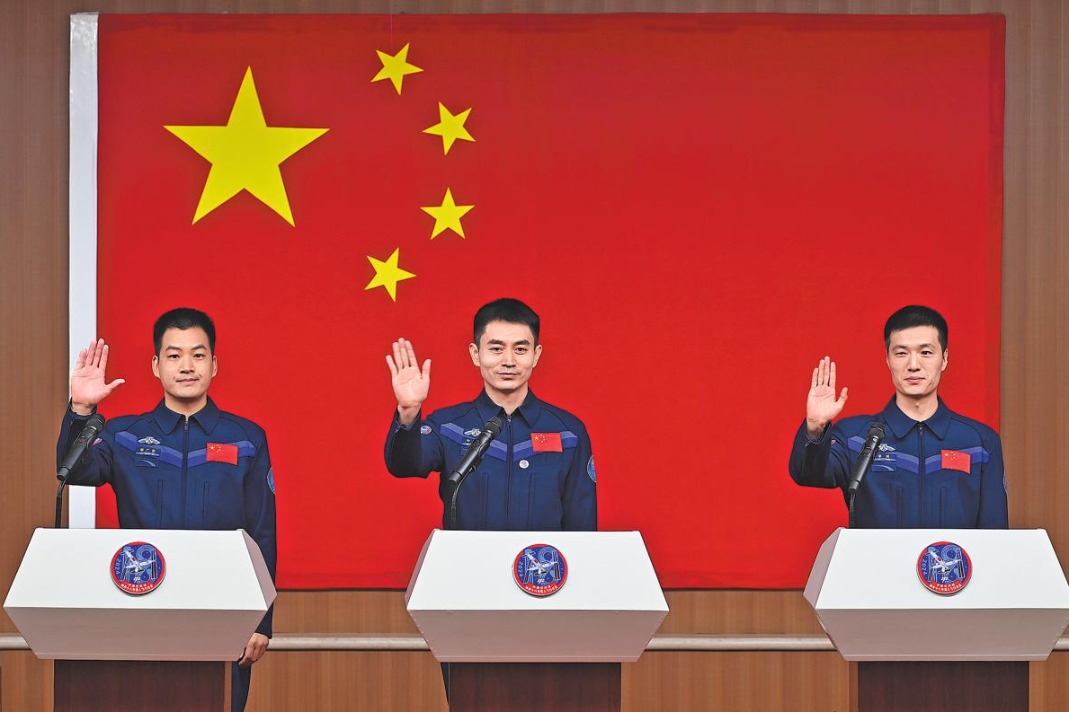Finding the way forward


Latin American countries' trade and investment decisions should be based on sound commercial reasons not ideology
With the inauguration of Brazilian President Luiz Inacio Lula da Silva on Jan 1, Latin America started 2023 on an upbeat note. In a ceremony attended by the representatives of countries on four continents, including Chinese Vice-President Wang Qishan, President Lula promised that Brazil would return to the regional organizations that the Bolsonaro government had withdrawn it from, such as the Community of Latin American and Caribbean States and the Union of South American Nations.
The return of Brazil to the international fold, and the show of support by the governments of key countries committed to regional cooperation and coordination, create new possibilities. Latin America's fragmentation is not unrelated to its crisis since 2020, the worst in 120 years according to the United Nations Economic Commission for Latin America and the Caribbean. Although 2021, with a growth rate of 6.7 percent, signaled a recovery from the 2020 recession, the region still struggles to reach the levels of pre-pandemic economic activity, and economic growth projections for 2023 remain bleak, with estimates varying from 0.7 percent to 1.7 percent.
The twin impacts of the COVID-19 pandemic and the Russia-Ukraine conflict have wrought havoc on the world economy, and Latin America has been hit especially hard. They have also led to shift in globalization and to the geopoliticization of international economic relations.
In this context, Latin America, a region that depends heavily on world markets and on foreign investment, must not fall into the trap of being cornered into taking sides. As part of the Western Hemisphere, Latin America has traditionally had strong links with the United States across a variety of fronts. But over the past 20 years, China has become an increasingly important partner, with Sino-LAC trade reaching a record $451 billion in 2021, and China now being South America's top trading partner. This should not be surprising: from 2013-21, China contributed 38.6 percent to world economic growth, which is more than the 25.7 percent of the G7 countries combined, according to the World Bank. And projections for 2023 indicate that the Chinese economy will pick up growth, to a healthy 5.3 percent.
While trade has been the main driver of Sino-LAC links, foreign direct investment, which was lagging behind, is now catching up. For a long time, the main destinations for Chinese FDI were the US and Europe. Yet, as Felipe Larrain and Pepe Zhang have shown, in 2021, Chinese investment in Latin America was $7-10 billion, around the level of that in the European Union ($8.5 billion) and higher than its investment in the US ($4.7 billion). In fact, Brazil may have been the country that received the single biggest amount of Chinese FDI in 2021, at $5.9 billion. The net result of all this is that whereas in 2016 Latin America represented 3 percent of Chinese yearly FDI outflows, today it represents between 5 and 10 percent.
If there is something Latin America does not need at this moment of acute economic crisis, it is to start making trade and investment decisions based on ideology. On the contrary, it should do so for sound commercial and business reasons. This implies, on the one hand, resisting US pressure to reproduce the historical alignment with the US based on the latter's hegemony and interests, and to aim for a more symmetric relationship. On the other hand, in relation to China, to recognize its significance as a key trade and investment partner, it should also move toward a more equal relationship, based less on a commodities-for-manufactured-products trade, as is largely the case today. To accomplish both tasks, the unity of purpose and action of Latin American countries is essential.
And this is one of the central tenets of Active Non-Alignment, a concept we set forth with my colleagues Carlos Fortin and Carlos Ominami in a new book, Latin American Foreign Policies in the New World Order: The Active Non-Alignment Option. Taking a page from the traditions of the Non-Aligned Movement, but adapting it to the realities of the new century, Active Non-Alignment provides a guide to action for Latin America, and the Global South at large, in a world in turmoil.
The author is a research professor at the Frederick S. Pardee School of Global Studies at Boston University, a Wilson Center global fellow and a former Chilean ambassador to China. The author contributed this article to China Watch, a think tank powered by China Daily.
The views do not necessarily reflect those of China Daily.


































